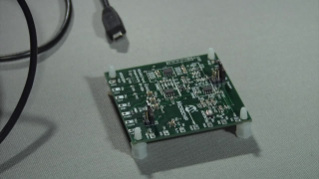Mikrokontroler & Microchip PIC32MK MCJ Curiosity Pro Development Board
Win a Microchip PIC32MK MCJ Curiosity Pro Development Board (DT100113) from Mikrokontroler and if you don’t win, receive a 15% off coupon for this board, plus free shipping.
The PIC32MK MCJ Curiosity Pro Development Board includes an integrated programmer and debugger, so no additional hardware is required to get started. Users can expand functionality through Arduino Shields or via the Xplained Pro compatible interface, offering access to all device pins. With or without expansion boards, the PIC32MK MCJ Curiosity Pro Development Board provides the freedom to develop for a variety of applications, including Bluetooth Audio, CAN, Graphics User Interface, IoT, robotics development, and proof-of-concept designs.
PIC32MK family devices combine 32-Bit, 120Mhz performance with up to 1MB of ECC protected Flash memory, and a rich peripheral set targeting applications such as motor control, industrial control and IIoT and multi-channel CAN and CAN-FD applications.
These devices feature 7x 12-Bit ADCs each operating at up to 3.75MSPS, which can be combined and sequenced to provide up to 25.4MSPS sampling rates. In addition, multiple op amps. comparators and DACs are included as well.




